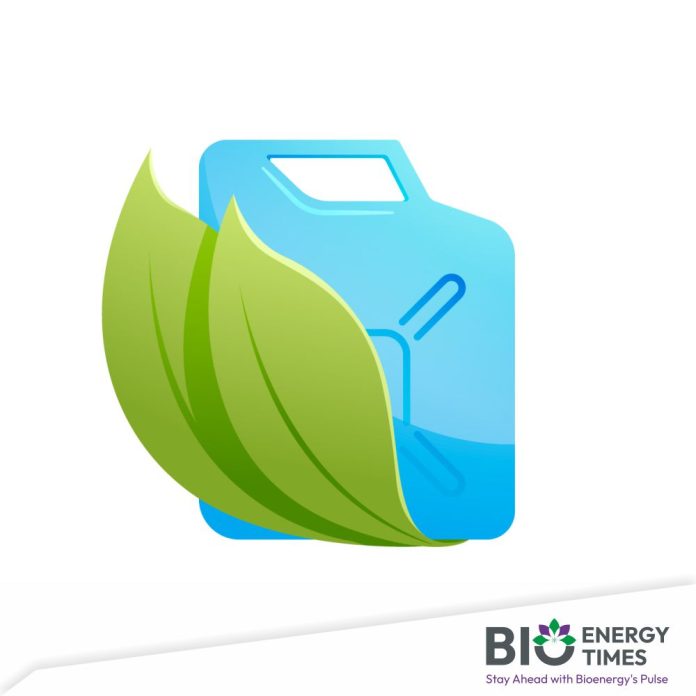A groundbreaking U.S. government initiative aimed at reducing pollution and cutting costs for farmers is currently on hold, casting uncertainty over the future of clean energy research in agriculture. The $38 million project, launched by the U.S. Department of Energy just days before the Trump administration took office, was designed to cut in half the amount of nitrous oxide released into the atmosphere from growing corn and sorghum for biofuels, reports IPM News.
Nitrous oxide, a potent greenhouse gas nearly 265 times more powerful than carbon dioxide, is largely released when farmers apply nitrogen fertilizers to their fields. The agency’s plan called for reducing this fertilizer use dramatically, while maintaining high crop yields. This would not only help slow climate change but also reduce water pollution that plagues rivers, lakes, and coastal areas like the Gulf of Mexico.
But just ten days into the new administration, the project was put on hold. Scientists from universities in Kansas, Colorado, Missouri, Texas, Illinois, and other states, who had been preparing to begin research this year, were left in limbo. The Department of Energy has offered no explanation or timeline for restarting the project.
“We were hoping that because of the obvious benefits of this type of research, that we might be allowed to go ahead,” said Maggie Wagner, a plant genetics expert at the University of Kansas. “Who can argue with something that would save farmers billions of dollars?”
The project was part of the Department of Energy’s Advanced Research Projects Agency-Energy, a division known for backing high-risk, high-reward innovations. In this case, the goal was threefold: to lower fertilizer costs for farmers, make U.S. biofuel production less reliant on foreign-made fertilizers, and reduce the environmental footprint of biofuels.
Fertilizer is one of the biggest expenses in farming, making up nearly a quarter of production costs. It also contributes to greenhouse gas emissions, both during manufacturing and when it’s applied to fields. Not all of the nitrogen in fertilizer benefits crops — some of it is broken down by soil bacteria and released into the atmosphere as nitrous oxide, which also damages the ozone layer.
Before the pause, the Department of Energy said the project could prevent up to 78 million metric tons of emissions linked to fertilizer production.
The program had selected nine projects that would explore different ways to reduce nitrogen use. At Colorado State University, scientists planned to search for corn varieties that grow well with less fertilizer and identify the genes that make this possible. Working with Corteva, a major seed company, they would have access to a wide range of corn genetics and top-tier testing facilities. Research had already suggested that some corn varieties perform just as well with half the usual amount of fertilizer. The new effort aimed to scale up that work to find more such varieties and breed them specifically for lower nitrogen needs.
Other research teams were set to explore how crop genetics affect soil bacteria, potentially finding ways to grow corn that encourages microbes to pull nitrogen from the air — a natural form of fertilization — or discourages the conversion of fertilizer into nitrous oxide.
The ripple effects of using less fertilizer go far beyond emissions. Runoff from farms pollutes drinking water sources and causes toxic algae blooms in lakes. It also contributes to a massive dead zone in the Gulf of Mexico where fish and other aquatic life can’t survive. In Kansas and other states, nitrate pollution has made groundwater unsafe, forcing towns to build expensive water treatment systems. In south-central Kansas, sandy soil allows fertilizer to seep quickly into underground water supplies. The city of Pratt has already shut down two wells due to contamination, and water treatment methods waste as much as 20 percent of the water processed — a heavy burden in regions with dwindling aquifers.
“This would be such a big deal for people — especially in farming communities, but also way downstream in the Gulf,” said Wagner, who was slated to work on the Colorado State project.
The sudden freeze in funding is part of a broader halt in scientific investment under the new administration. According to researchers like John McKay, lead scientist on the Colorado State project, the problem extends far beyond his team. Approved research across the National Science Foundation, the Department of Energy, and other agencies is on pause despite already being funded.
“Basically all the scientific ideas, hypotheses, and well-designed experiments that have already been approved — the money is appropriated and it’s just sitting there,” McKay said.
Each of the nine projects aimed at cutting emissions from biofuel crops had a unique approach. Texas A&M was developing new sorghum varieties. The Danforth Plant Science Center in St. Louis was working on improving corn root systems. The University of Illinois focused on a new corn variety and traits from wild relatives. Other projects ranged from using artificial intelligence to analyze crop genetics at New York University, to engineering bacteria that naturally provide nitrogen at the University of Wisconsin.
Together, these efforts held the promise of revolutionizing farming by making it more sustainable and less dependent on chemicals. Whether they will move forward remains uncertain as the funding freeze continues.
















